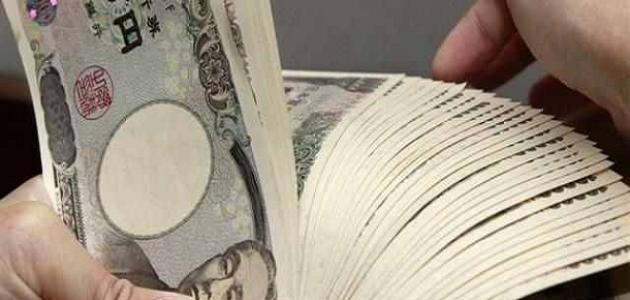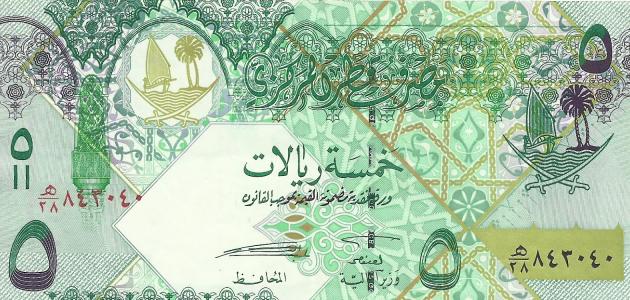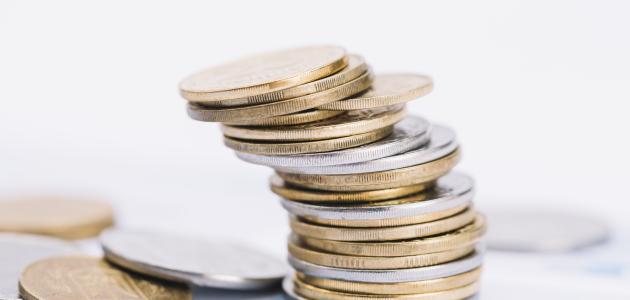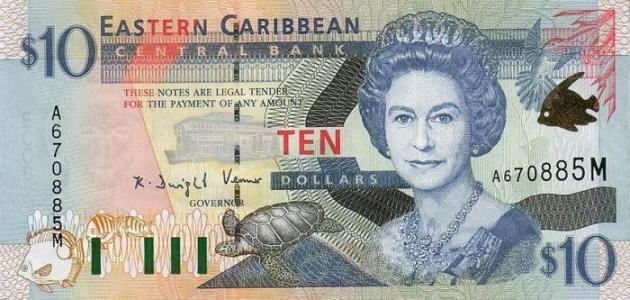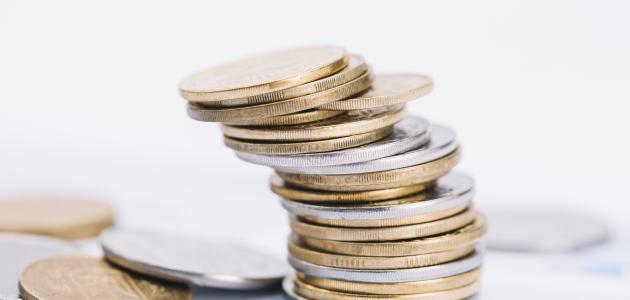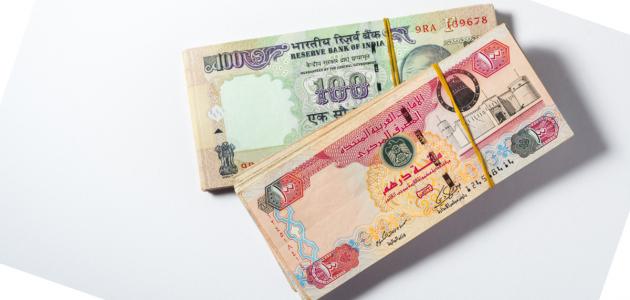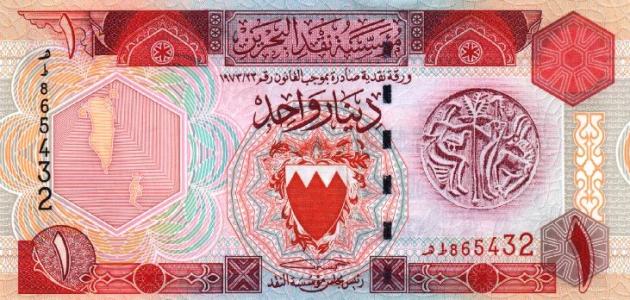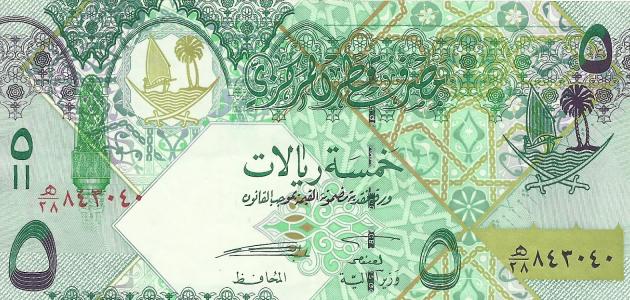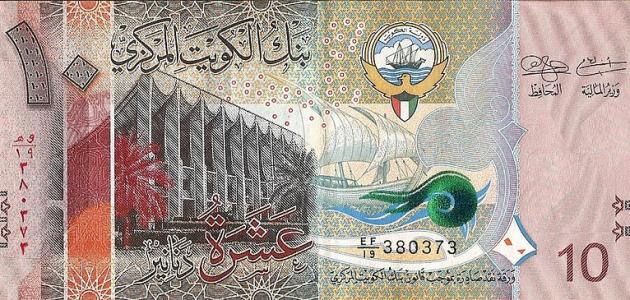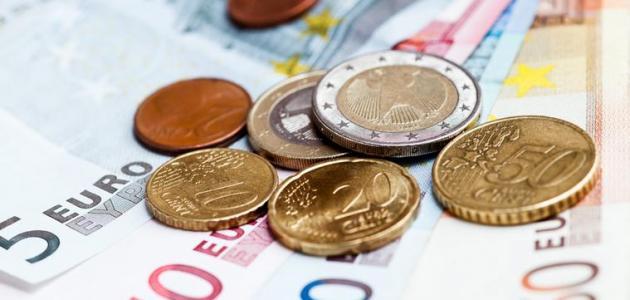اليابان
Japan (in English: Japan) is an Asian country with an imperial system of government with the participation of a parliamentary government, and Japan is located on the eastern side of the continent of Asia within the region between the Sea of Japan and the Pacific Ocean, and it is bordered on the east by the Korean Peninsula, and the area of Japan reaches 377,944 square kilometers.
Japanese currency yen
The Japanese yen is the official and national currency in Japan, and it is abbreviated by the letters (JPY), and the yen is divided into 1000 ren or 100 sen, and the symbol (¥) is used to refer to the Japanese yen. :
coins
The coins that make up the Japanese yen are divided into six categories, namely:
- one yen It is a metal coin made of aluminum and issued in 1955 AD.
- 5 yen: It is a metal coin made of copper and issued in 1959 AD.
- 10 yen: It is a bronze coin issued in 1959 AD.
- 50 yen: It is a metal coin made of cupro nickel and issued in 1967 AD.
- 100 yen: It is a metal coin made of cupro nickel and issued in 1967 AD.
- 500 yen: It is a metal coin made of copper and nickel and issued in the year 2000 AD.
banknotes
The banknotes that make up the Japanese yen are divided into four categories, namely:
Read also:What is the currency of Niger?- 1000 yen: It is a banknote issued on November 1, 2004.
- 2000 yen: It is a banknote issued on July 19, 2000 AD.
- 5000 yen: It is a banknote issued on November 1, 2004.
- 10000 yen: It is a banknote issued on November 1, 2004.
History of the Japanese Yen
The Japanese yen is considered one of the currencies that witness a large financial circulation among the countries of the world, and before the yen Japan used many types of currencies, whether paper or metal, and the adoption and official application of the Japanese yen was in the year 1871 AD after the implementation of the Japanese government a set of reforms; Where it contributed to stopping the use of banknotes that were issued by the feudal class in the sixteenth century AD, and granting the right and responsibility to issue currencies and banknotes to the Central Bank of Japan.
The era of political, economic and administrative reforms in Japan is known as the Meiji era. As this era witnessed the emergence of the modern Japanese state and nationalism, Japan knew many developments in all fields; Which contributed to its classification as one of the militarily and industrially powerful countries in the world. As for the yen, its name is derived from the Chinese metal coins known as the yuan; Where Japan used it as its currency and the meaning of the word yuan is the circular thing.
Read also:Currency trading ruleSince the adoption of the money law, that is, during the time period from 1871 AD to 1897 AD, the use of a monetary system called the two metals prevailed. Where the circulating coins were minted on two groups, the first from silver metal and the second from gold metal, and the yen coins made of silver metal were the most used and circulated among people in Japan, and after Japan was granted compensation in gold; As a result of its war with China, it used a financial and monetary system that relied on gold metal. Where the Japanese House of Representatives approved this new financial and monetary system in the year 1897 AD, so each one yen contained 750 milligrams of pure gold, and the exchange rate of the Japanese yen was determined against both the pound sterling and the US dollar, depending on the amount and size of gold used in them.
Japan surrendered at the end of World War II, and lost much of the infrastructure of its industrial sector, and this resulted in a decline in the amount of its domestic production, an increase in the rate of inflation, and an increase in the apparent deficit in the balance of payments. This led to the collapse and weakness of the Japanese yen compared to other monetary currencies, and this forced the Japanese government to apply a set of rules to financial exports from the country, in conjunction with a monetary policy that restricts financial operations; With the aim of reaching a fixed exchange rate that stabilizes the Japanese economic system and reduces the rapid increase in prices. The exchange rate of the Japanese yen remained constant until 1971 AD; As its price has become floating and linked with the effects of demand, supply, and the market, and currently the yen is considered one of the currencies in large circulation in the world, and it comes in fourth place among international central banks’ reserves of foreign money after each of the pound sterling, the euro, and the US dollar.
Read also:Where are countries' currencies printed?Japan's economy
The economic system in Japan is developed; Because of the effective cooperation between the industrial sector and the government, the work ethic of employees and workers in the various professional sectors, and the distinguished technological ability; In 2016, the Japanese economy was ranked fourth in the world, after China. As a result of the economic growth that it witnessed after a decline in the twentieth century AD; As the growth of Japan's economy increased in the year 2013 AD when implementing a set of actions related to revitalizing the economic system and strengthening the structural reform process.
Japan depends mainly on imported resources from the countries of the world. Because of the scarcity of its own resources, which became more scarce after Japan was exposed to natural disasters such as tsunamis and earthquakes, Japanese industries depended on the use of fossil fuels to operate machines and continue to work. The Japanese government also seeks to reuse nuclear plants. In order to benefit from it as a main source for providing electric energy, the purchasing power reached in 2016 AD to 4,932 trillion US dollars.
